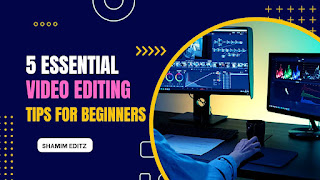January 2023
এইটা একটি বিজ্ঞাপন এরিয়া। সিরিয়ালঃ ৫
গত ০৭ দিনের জনপ্রিয় পোস্ট সমূহ
অর্ডিনারি আইটির জনপ্রিয় ব্লগ ক্যাটাগরি
- Tutorials
- Pixelab PLP
- Pixelab Tutorial
- Lightroom Tutorial
- Pixelab
- Apps Review
- Audio Editing
- Editing Tutorial
- Lightroom
- Presets
- Tips & Trick
- Facebook Cover Photo Design
- Lofi Remix
- Video Editing
- image optimize
- lightroom Presets
- Autodesk Sketchbook
- Background Remove
- Bangla Stylish Fonts
- Color Grading
- Durga Puja Poster Design
- Face Smooth
- Facebook 360 Cover
- Kinemaster
- Landscape Photo Editing
- Name Art
- Photo Editing Tips
- Photo editing tutorials
- Photo format
- Photoshop Tutorial
- Poster Design
- SEO
- SEO Tutorials
- Tech
- Victory Day Poster
- cover photo design
- image selling
- photography
- raw photo
- social media posts design
এইটা একটি বিজ্ঞাপন এরিয়া। সিরিয়ালঃ ৬
ওয়েবসাইট আর্কাইভ
সর্বশেষ প্রকাশিত পোস্ট সমূহ
অর্ডিনারি আইটির জনপ্রিয় লিংকসমূহ
এইটা একটি বিজ্ঞাপন এরিয়া। সিরিয়ালঃ ৭



